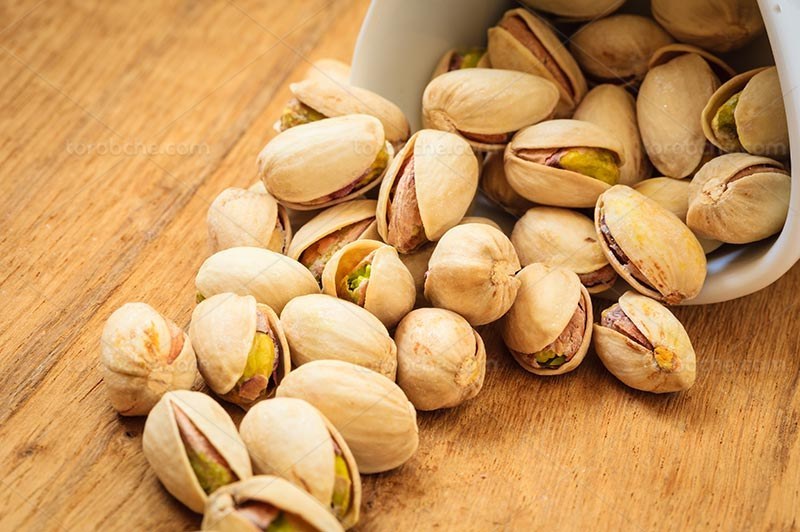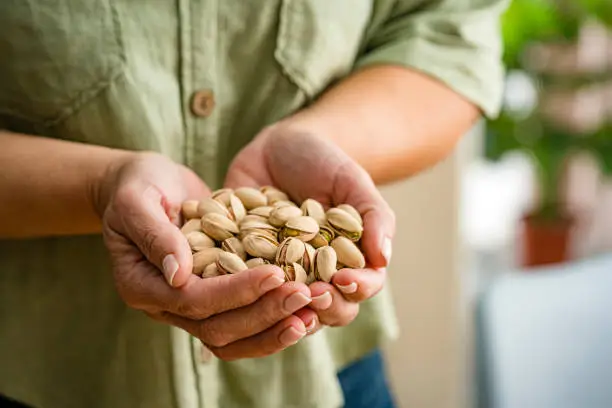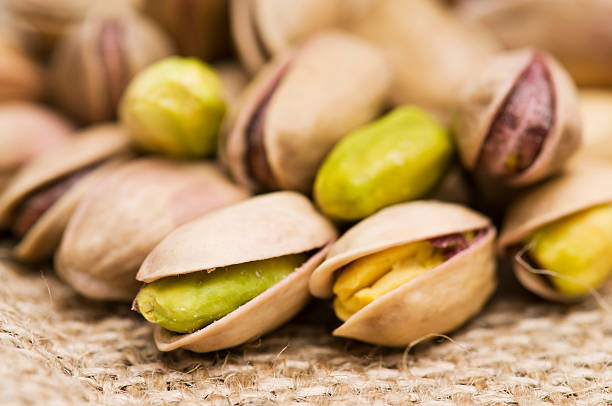
Nuts hold a special place in our diets due to their delicious taste and numerous health benefits. Among this variety, pistachios, almonds, and walnuts are the most popular and widely consumed. But what are the differences and similarities between these three beloved nuts? This article provides a comprehensive comparison of pistachios, almonds, and walnuts across various agricultural, nutritional, economic, and application-based aspects, aiming to offer a better understanding of the true value of each.
1. Agricultural Aspects and Production:
- Growing Conditions:
- Pistachios: Primarily cultivated in arid and semi-arid regions with hot summers and relatively cold winters. They require moderately less water compared to some other fruit trees, but product quality depends on irrigation management. They have a longer growth cycle and take more time to bear fruit.
- Almonds: Similar to pistachios, they thrive in temperate to warm, dry climates. They have good drought tolerance but require regular irrigation during the growing season for optimal yield. Their blooming period is earlier than pistachios, potentially exposing them to spring frost damage.
- Walnuts: Typically grow best in mountainous areas or foothills with moderate summers and cold winters. They need regular, deep irrigation and require more water than pistachios and almonds. Walnut trees grow very large and need ample space.
- Global Production:
- Pistachios: Iran, the United States (especially California), and Turkey are the largest pistachio producers globally.
- Almonds: The United States (California) is by far the world’s leading almond producer, followed by countries like Spain, Australia, and Iran.
- Walnuts: China is the largest producer of walnuts worldwide, with the United States, Iran, and Turkey following in subsequent positions.
- Production Challenges:
- Pistachios: Susceptibility to pests like the pistachio psyllid, the need for sufficient winter chilling hours, and managing soil salinity.
- Almonds: Vulnerability to spring frosts, pollination requirements (which can sometimes be challenging), and water management.
- Walnuts: High water demand, susceptibility to diseases such as bacterial blight, and the need for suitable pollinator varieties.

2. Nutritional Aspects and Health Benefits:
| Nutrient (per 100g) | Pistachios (approx.) | Almonds (approx.) | Walnuts (approx.) |
|---|---|---|---|
| Calories | 562 | 579 | 654 |
| Protein (g) | 20.6 | 21.2 | 15.2 |
| Total Fat (g) | 49.2 | 50.7 | 65.2 |
| – Saturated Fat (g) | 6.0 | 3.9 | 6.1 |
| – Unsaturated Fat (g) | 41.0 | 34.4 | 53.3 |
| Carbohydrates (g) | 27.8 | 21.6 | 13.7 |
| – Fiber (g) | 10.6 | 12.5 | 6.7 |
| Vitamin E (mg) | 25.2 | 25.6 | 0.7 |
| Magnesium (mg) | 120 | 270 | 158 |
| Phosphorus (mg) | 490 | 481 | 346 |
| Iron (mg) | 3.9 | 3.7 | 2.9 |
| Antioxidants | Lutein, Zeaxanthin | Flavonoids | Ellagic acid, Polyphenols |
- Key Highlights:
- Almonds: Excellent source of Vitamin E and magnesium, high in fiber.
- Pistachios: Good source of protein, fiber, Vitamin B6, and antioxidants beneficial for eye health. They contain more potassium than almonds and walnuts.
- Walnuts: Highest in fat and calories, but these fats are predominantly unsaturated, including Omega-3 (in the form of ALA), which is highly beneficial for heart and brain health.
3. Economic Aspects and Marketing:
- Pricing: Pistachios, especially high-quality varieties, are typically priced higher than almonds and walnuts. This is due to their longer growth cycle, higher production costs, and strong global demand. Almond and walnut prices are generally more competitive, depending on type and quality.
- Export Market: All three nuts are significant export commodities for producing countries. Iranian and US pistachios, Californian almonds, and Chinese and US walnuts represent a substantial share of the global market.
- Value Addition: All three nuts have extensive applications in the food industry, ranging from snacks and confectionery to desserts, savory dishes, and dairy products.
4. Applications:
- Pistachios: Beyond snacking, they are used in baklava, gaz, sohan, ice cream, and as garnishes for dishes and desserts. They are also featured in traditional dishes like Fesenjan.
- Almonds: Widely used in almond milk, marzipan, almond butter, chocolates, cakes, and biscuits. They are also consumed as a snack, either raw or roasted.
- Walnuts: Incorporated into dishes such as Fesenjan, walnut pilaf, and various salads. Walnut-based pastries like walnut cookies and bread are also very popular. Walnut oil has both culinary and industrial uses.
Conclusion:
Pistachios, almonds, and walnuts each possess unique characteristics. Pistachios, with their distinct flavor and balanced nutritional profile, almonds rich in Vitamin E and fiber, and walnuts packed with Omega-3 fatty acids, all offer significant health benefits. The choice between them depends not only on personal preference but also on specific nutritional needs and intended culinary uses. Understanding their agricultural and economic differences further enhances our appreciation for these valuable products.
“For purchasing dried fruits and nuts, please contact Mr. Ravanshad on WhatsApp at +989214773705.”


